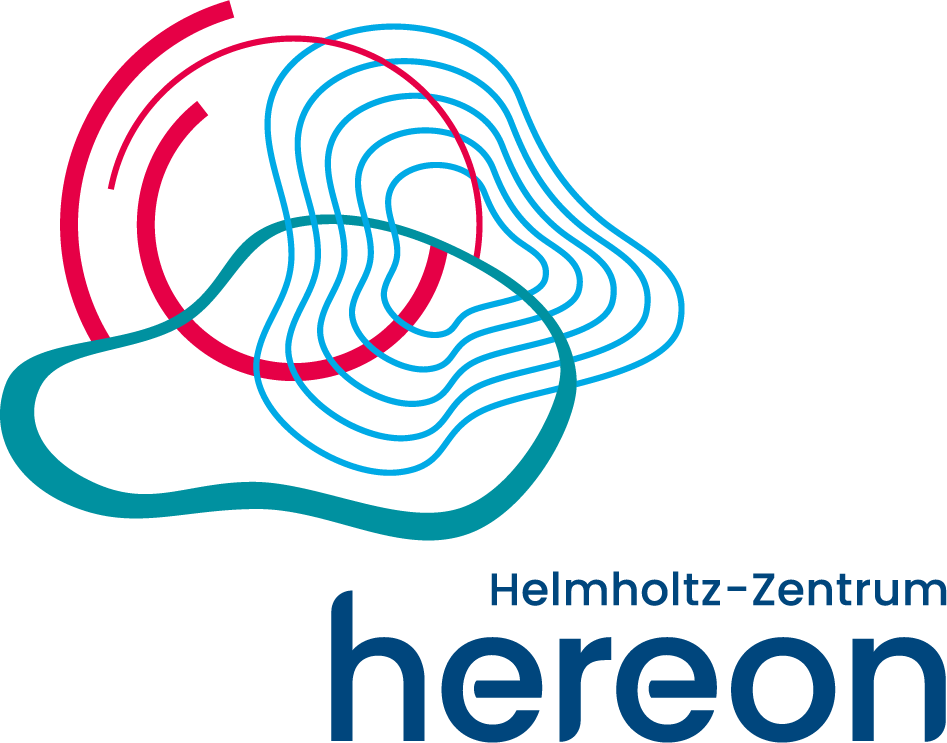MLZ is a cooperation between:
 > Technische Universität München
> Technische Universität München > Helmholtz-Zentrum Hereon
> Helmholtz-Zentrum Hereon
 > Forschungszentrum Jülich
> Forschungszentrum Jülich
MLZ is a member of:
 > LENS
> LENS > ERF-AISBL
> ERF-AISBL
MLZ on social media:

MLZ (eng)
Lichtenbergstr.1
85748 Garching
11.11.2025
How sodium ions migrate: MLZ researchers advance safer battery materials
A team of scientists based at the Heinz Maier-Leibnitz Zentrum (MLZ) has taken an important step toward developing safer and more efficient batteries. Their research reveals how sodium ions diffuse and migrate through a promising class of solid materials known as NASICONs. The findings, published in the journal Materials Chemistry A, could support the future development of sodium-based solid-state batteries for applications ranging from electric vehicles to grid-scale energy storage.

Along with her collaborators, Ivana Pivarníková demonstrated that sodium ions migrate in not just one, but two distinct ways inside the ceramic NASICON material. © Bernhard Ludewig; FRM II / TUM
The case for sodium over lithium
Today’s lithium-ion batteries have transformed portable electronics and electric mobility. However, they also come with challenges. Lithium is expensive and increasingly scarce, and the liquid electrolytes used in these batteries are flammable and sensitive to temperature. Sodium-ion batteries offer a promising alternative, especially when paired with solid electrolytes that are stable and non-flammable. To bring these solid-state sodium batteries to market, researchers must understand how efficiently sodium ions can travel through the solid materials inside the battery.

Dr. Ivana Pivarníková celebrating the completion of her PhD under Prof. Peter Müller-Buschbaum. As tradition, new doctorates are ‘crowned’ with a personalized hat, which she is proudly holding here. © Thien An Pham / FRM II
Tracking ion movement at the atomic scale
This is the focus of the latest study by the Advanced Materials Group (MLZ) led by Dr. habil. Ralph Gilles. By combining neutron scattering, X-ray diffraction, and electrical testing, the researchers examined how sodium ions diffuse through a ceramic material called NASICON, short for “sodium superionic conductor.” Their aim was to identify the exact pathways the ions follow and how changes in the material’s composition affect their mobility.
“Our study shows that sodium ions migrate in not just one, but two distinct ways inside the material,” explains Ivana Pivarníková, lead author of the study. “Some ions make short, localized jumps, while others move across longer distances. By understanding these mechanisms, we can design materials that allow sodium ions to move more freely, which leads to a better battery performance.”

Dr. Pivarníková and her thesis supervisor Dr. Ralph Gilles are all smiles after a successful PhD defense. © Thien An Pham / FRM II
The researchers also tested how replacing certain atoms in the material with elements such as scandium, aluminum, or yttrium influences ion transport. Some substitutions were found to reduce the speed of ion movement, while others helped stabilize the material or improved its long-term durability.
A path toward practical applications
These insights are especially valuable for the development of all-solid-state sodium batteries, a technology that is gaining increasing attention as a sustainable alternative to conventional lithium-ion systems. By understanding how sodium ions diffuse through these solid materials and how their mobility can be optimized through subtle chemical modifications, the study provides essential guidance for designing next-generation batteries that are not only safer and more affordable but also better suited for long-term, high-performance use.
Further information
The experiments were conducted at the MLZ in Garching, with support from Forschungszentrum Jülich, Oak Ridge National Laboratory in the USA, and the Technical University of Munich. Funding: BMFTR [projects ExZellTUM III (03XP0255), MEET-HiEnD III (13XP0258B), MiTemp (13XP0183B)]; BMWK [CAESAR (03EI3046F)].
Original publication:
I. Pivarnikova, S. Seidlmayer, M. Finsterbusch, G. Dück, N. Jalarvo, P. Müller-Buschbaum, R. Gilles, Understanding the structure and mechanism of Na+ diffusion in NASICON solid-state electrolytes and the effect of Sc and Al/Y-substitution, Journal of Materials Chemistry A (2025), 13, 14353. Link: https://pubs.rsc.org/en/content/articlelanding/2025/ta/d5ta00826c
DOI: 10.1039/D5TA00826C
Related News
-
26.07.2024
How old are you, battery?
MLZ is a cooperation between:
 > Technische Universität München
> Technische Universität München > Helmholtz-Zentrum Hereon
> Helmholtz-Zentrum Hereon
 > Forschungszentrum Jülich
> Forschungszentrum Jülich
MLZ is a member of:
 > LENS
> LENS > ERF-AISBL
> ERF-AISBL
MLZ on social media:



